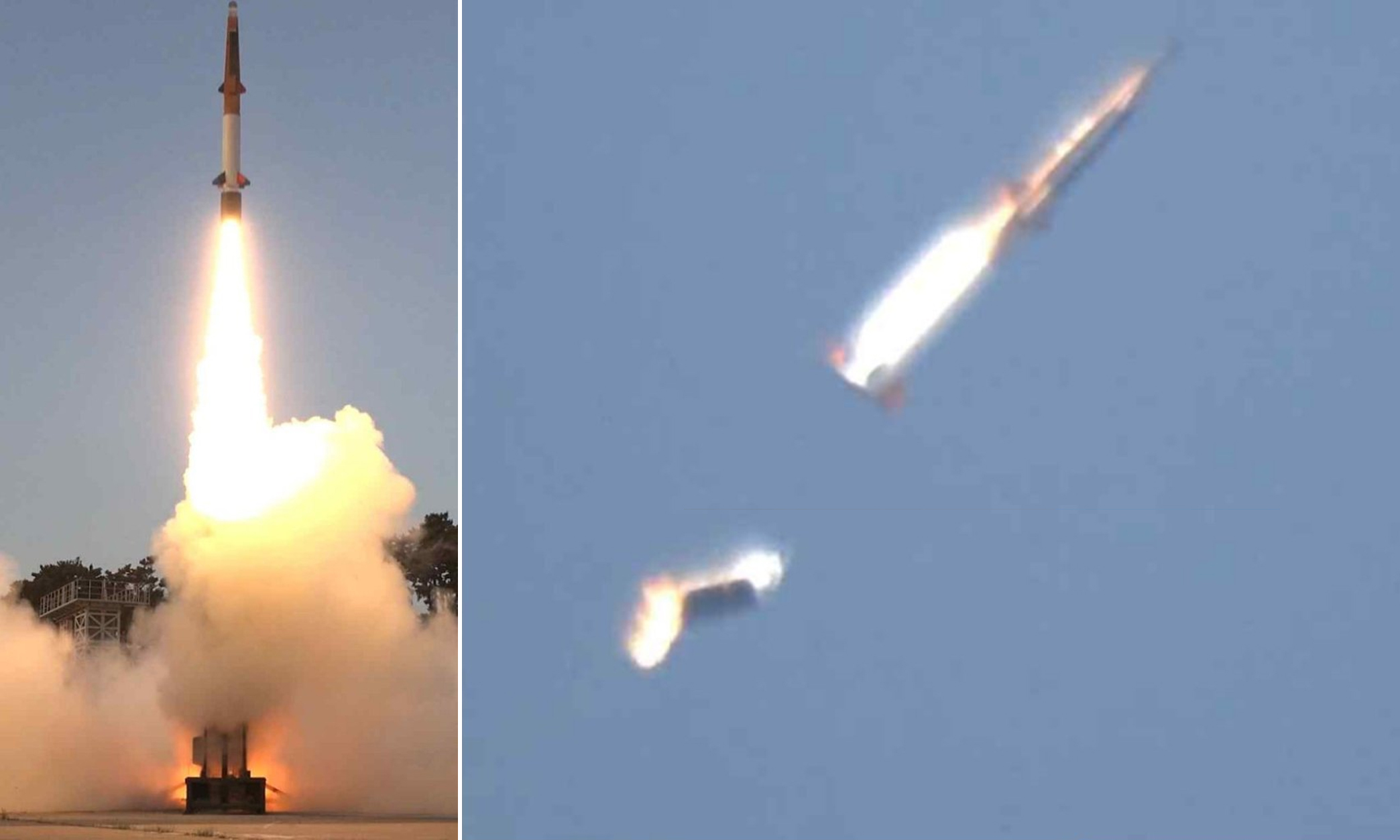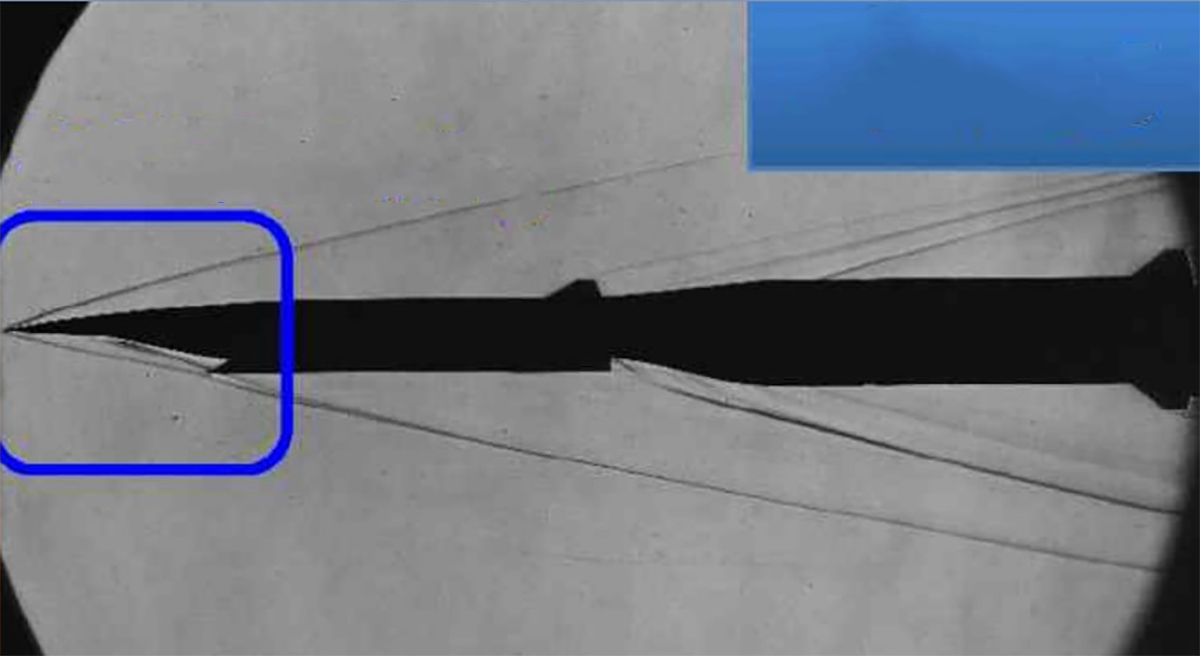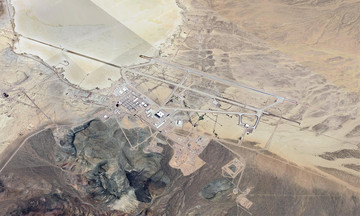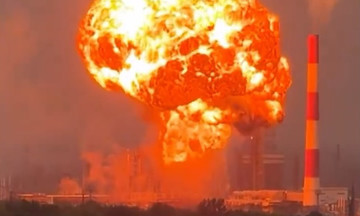South Korea's Agency for Defense Development (ADD), part of the Ministry of National Defense, released images on 4/9 of the Hycore hypersonic cruise missile launching from a ground-based vertical launchpad during a test. The images also captured the moment the first stage separated from the missile.
The time and location of the test launch were not disclosed.
Another photograph shows what appears to be a model of the Hycore missile undergoing aerodynamic testing in a wind tunnel, revealing the missile's detailed shape.
 |
South Korea's Hycore hypersonic cruise missile in a photo released on 4/9. Photo: ADD |
According to South Korean media, the Hycore missile achieved its test objectives. The engine sustained operation at Mach 5, and the missile reached a top speed of Mach 6, equivalent to 7,400 km/h.
The ADD and Hanwha Corporation announced the Hycore hypersonic missile development project in 2018. Three years later, South Korea unveiled the first model of the missile. Unnamed sources familiar with the program said the 8.7 m-long, 2.4-ton Hycore missile can reach a top speed of Mach 6.2, or 7,600 km/h. The missile's range has not been revealed.
The Hycore has the typical design of a missile powered by a scramjet engine, featuring a flattened nose and an air intake located underneath the fuselage. The Hycore uses two solid-fuel stages to reach near hypersonic speeds, allowing the scramjet engine to operate optimally, unlike some similar weapons that use only one stage.
South Korea plans to deploy the Hycore on ground launchers, as well as warships and fighter jets. The ship-based variant will be designed to be compatible with the KVLS-II vertical launch system found on the Batch II variant of the Sejong the Great-class destroyers.
 |
Hycore hypersonic cruise missile in wind tunnel testing. Photo: X/mason 8718 |
Thomas Newdick, an editor at the US military website War Zone, believes that the hypersonic cruise missile will give South Korea a significant advantage in carrying out rapid strikes, especially against heavily defended targets in a short time frame.
Hypersonic weapons are defined by their speed, traveling at least five times the speed of sound, and their maneuverability during flight, making them harder to track and intercept than traditional ballistic missiles. Russia and China have been investing heavily in hypersonic technology for years and claim to have made significant progress. Moscow has used these types of missiles multiple times in the conflict in Ukraine.
South Korea's development of the hypersonic cruise missile comes amid rising tensions in the region in recent years. North Korea claims to possess the Hwasong-8 missile, equipped with a hypersonic glide vehicle with an estimated range of 2,000-4,000 km and a top speed of up to 12,400 km/h, 10 times the speed of sound.
Nguyen Tien (According to War Zone, AFP, AP)












